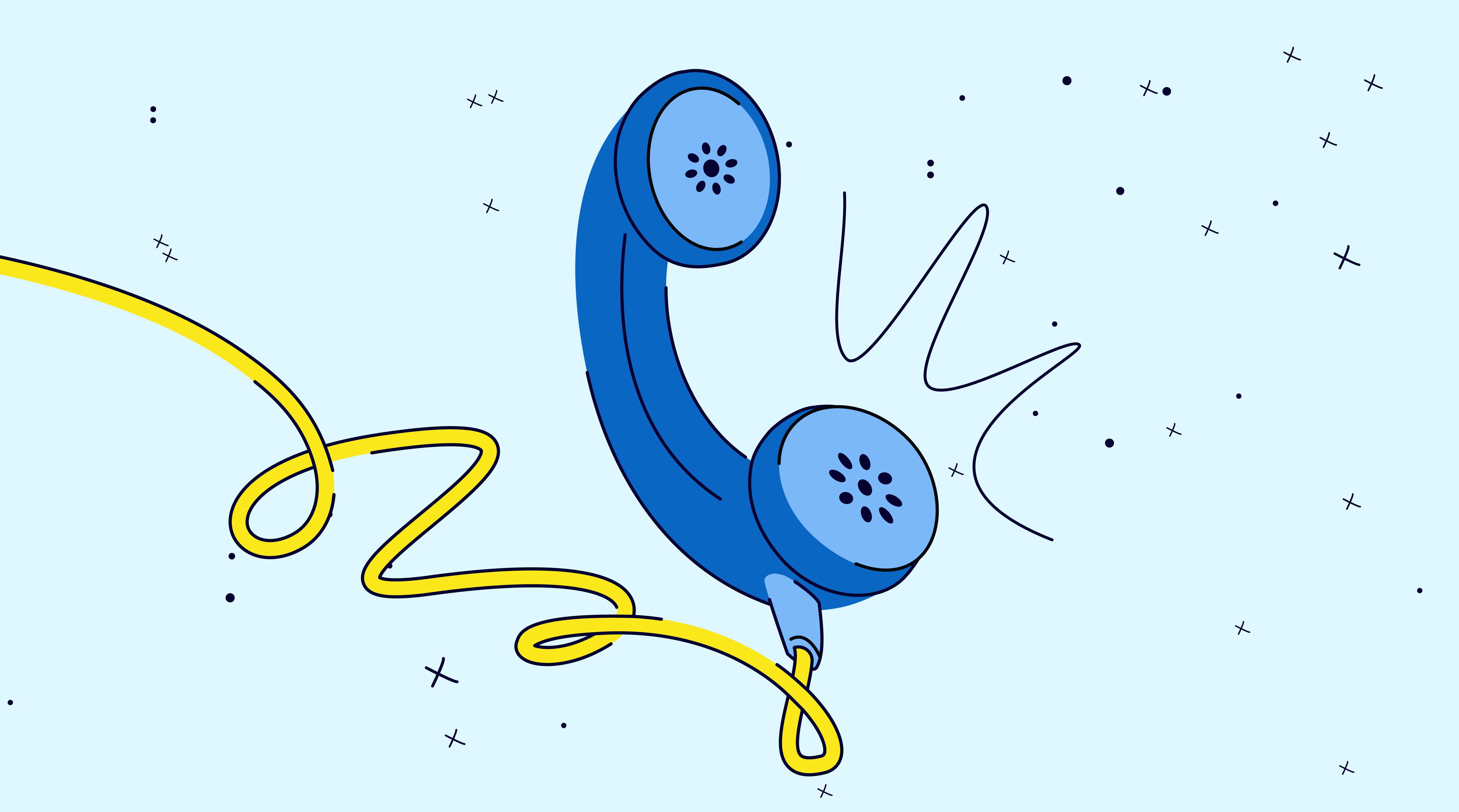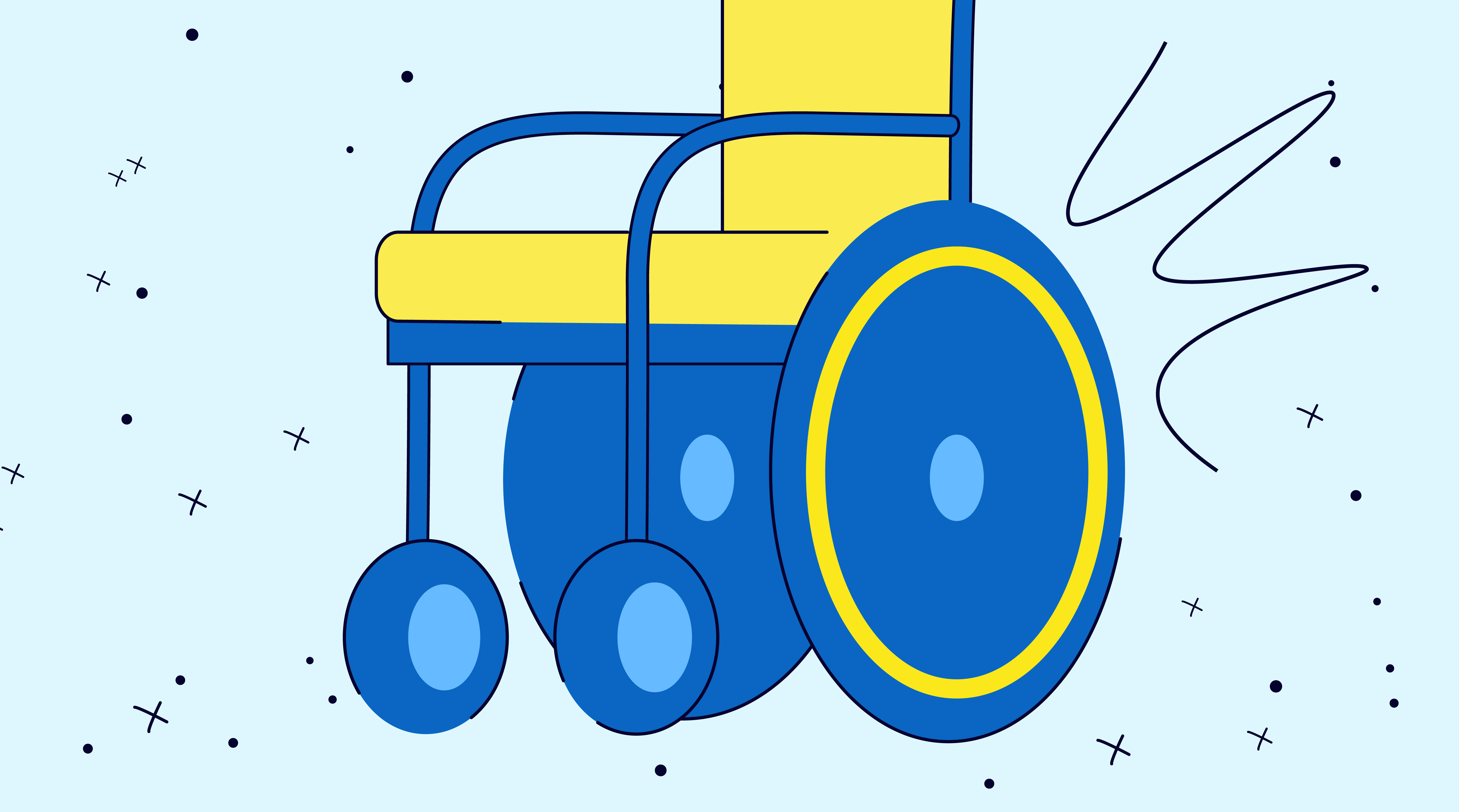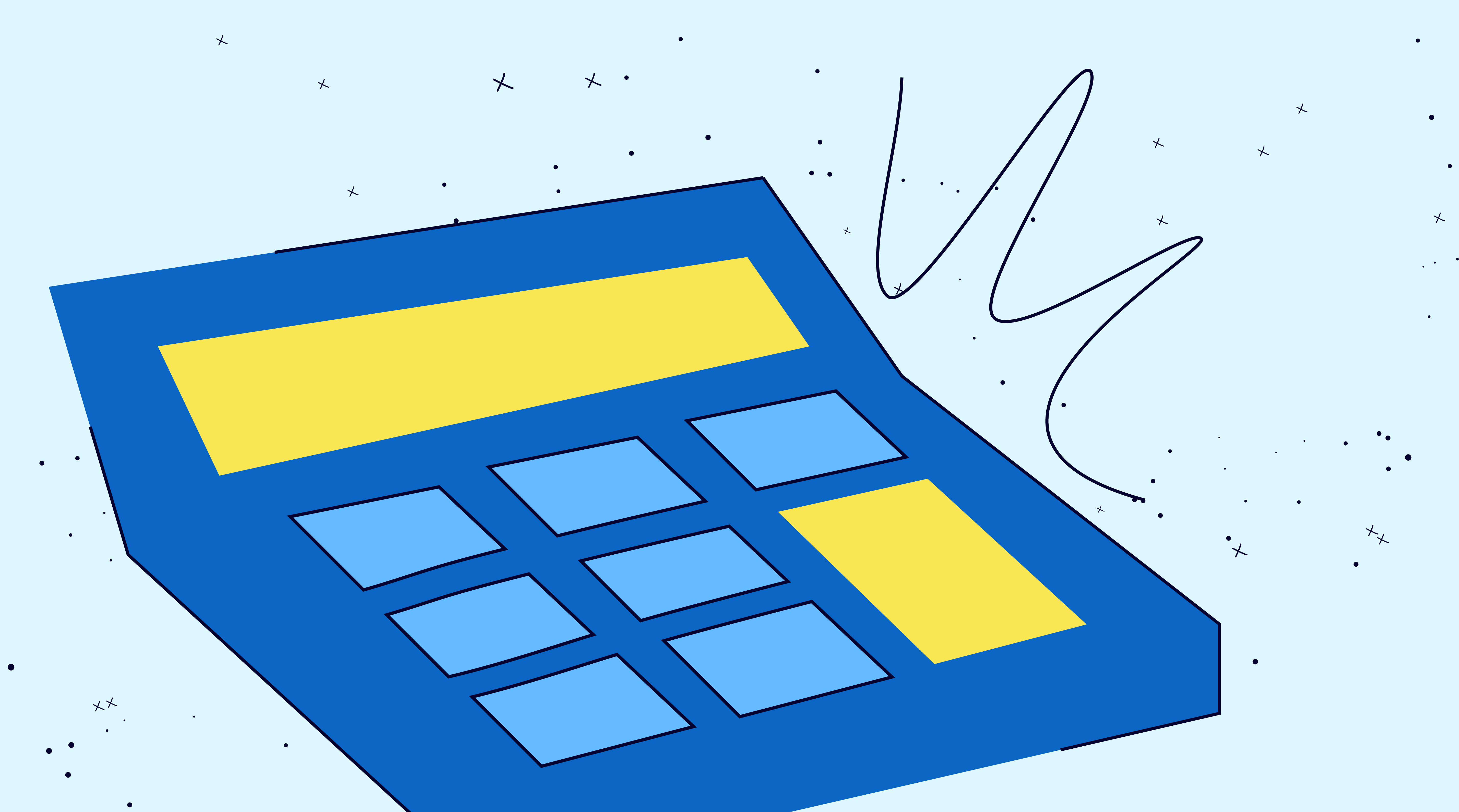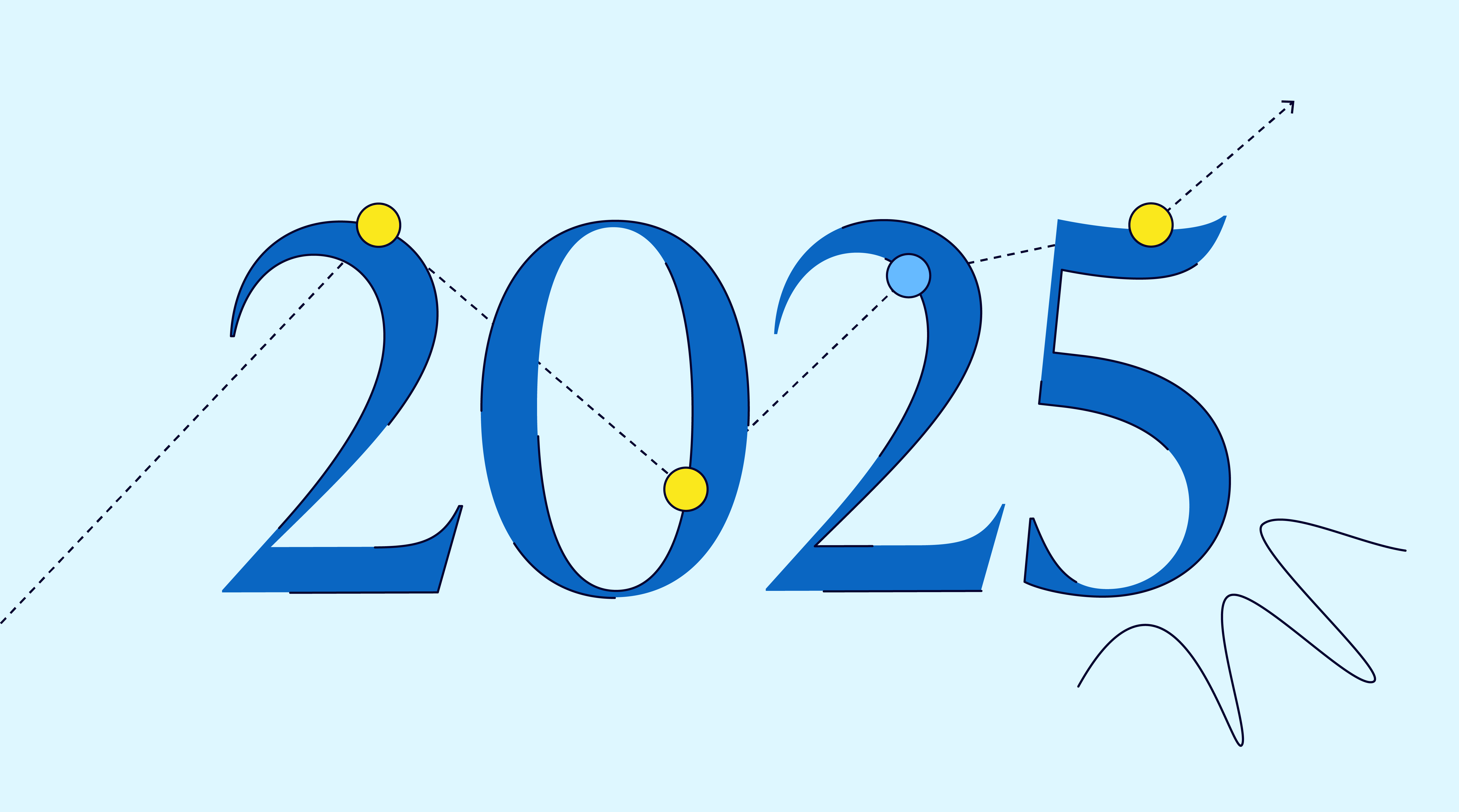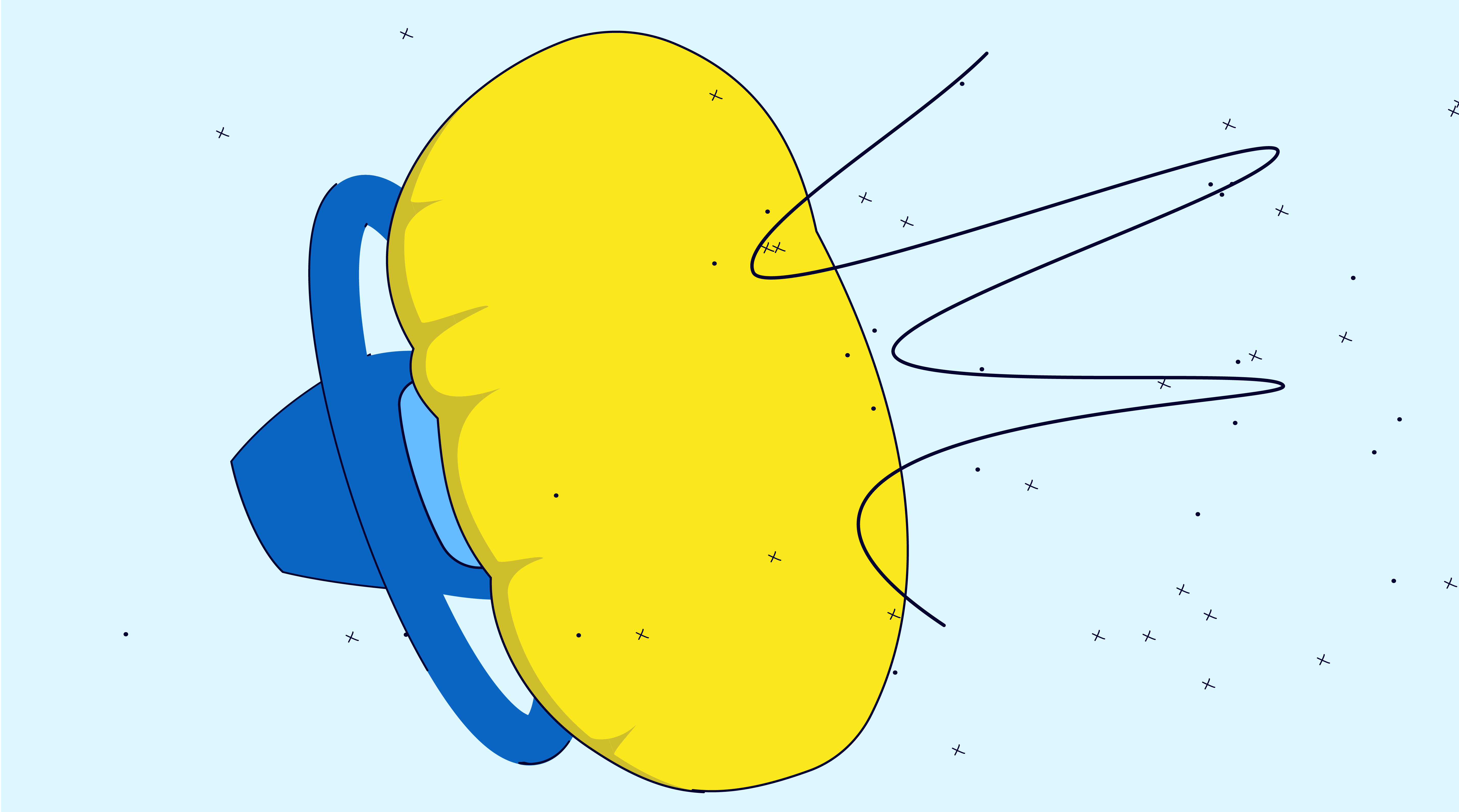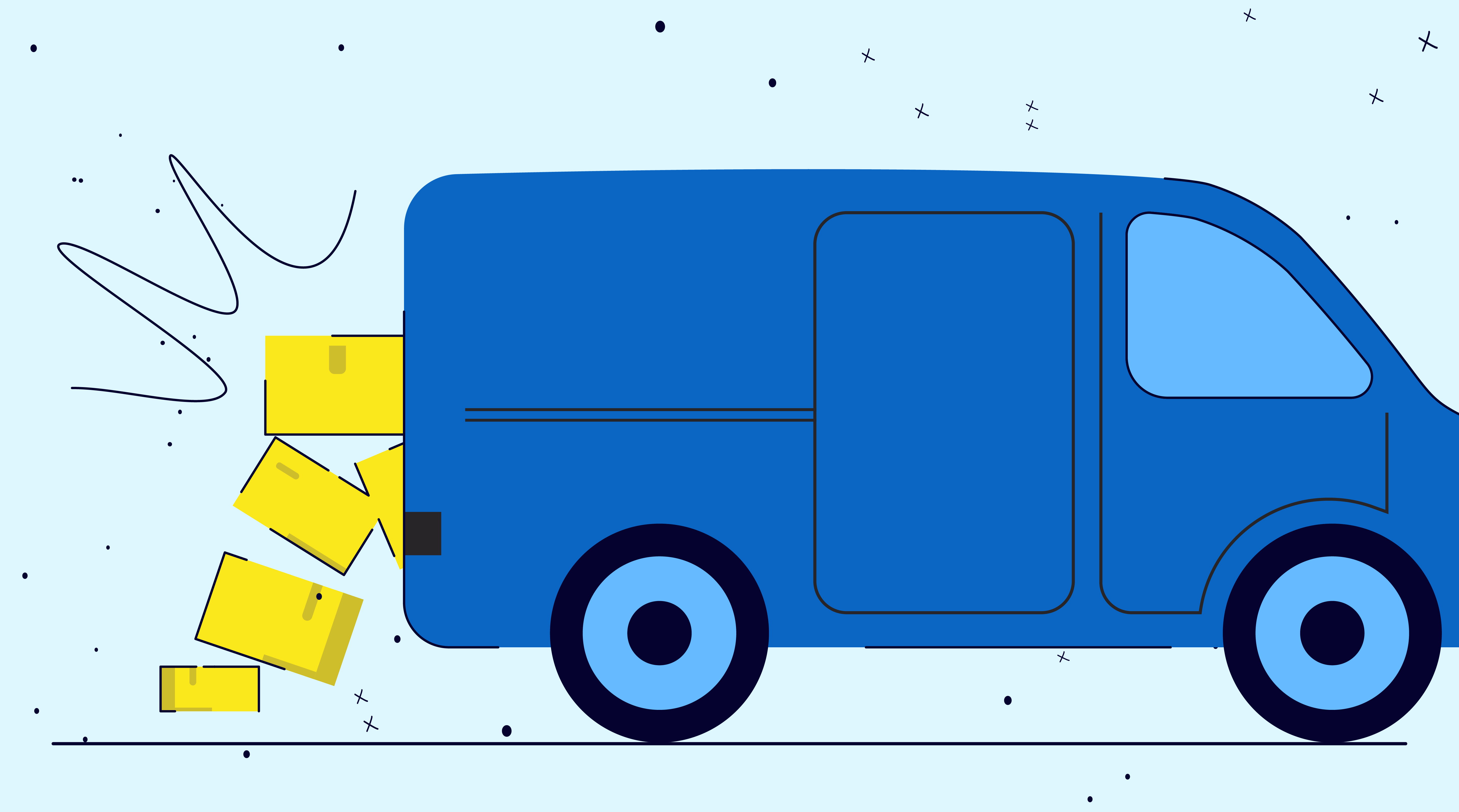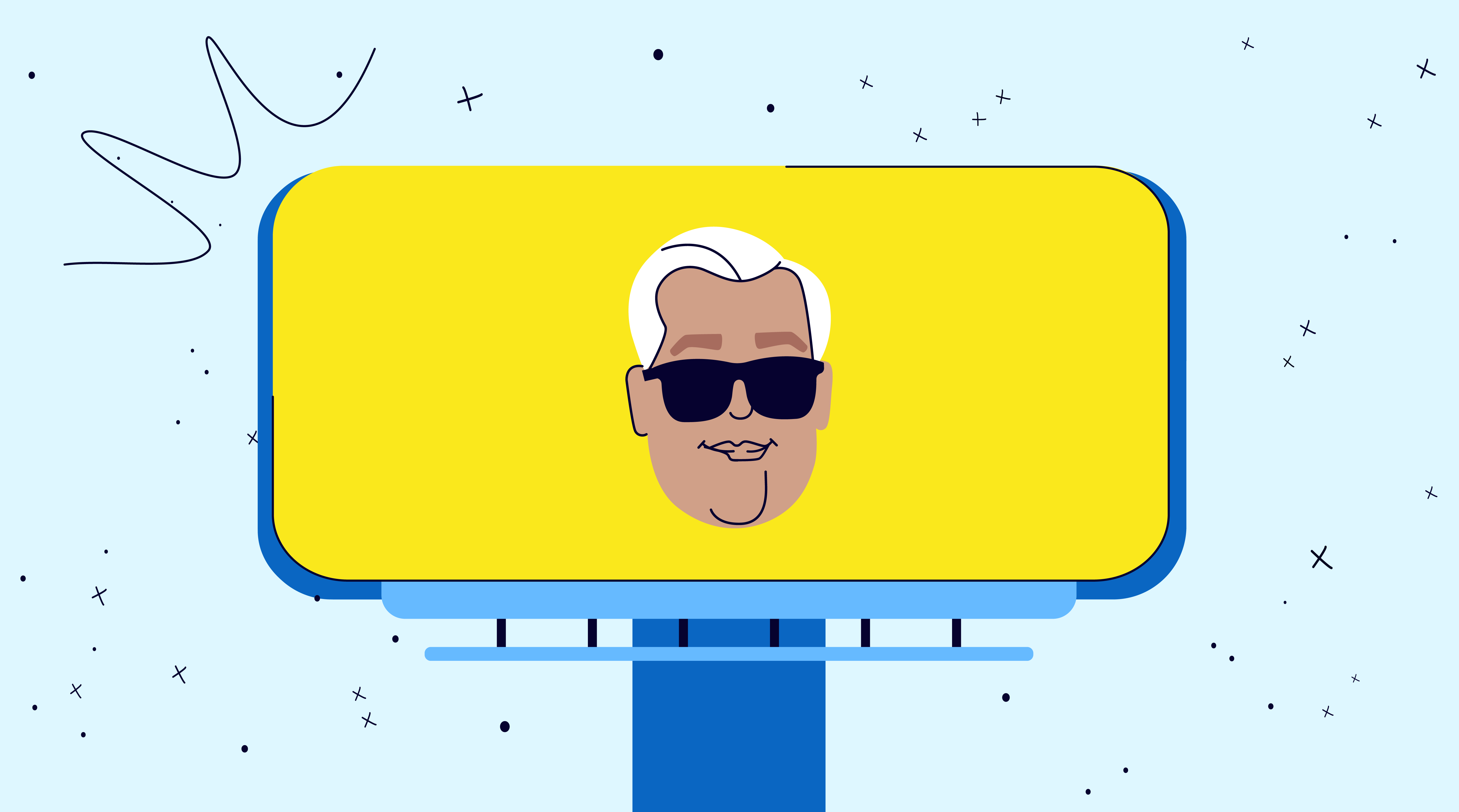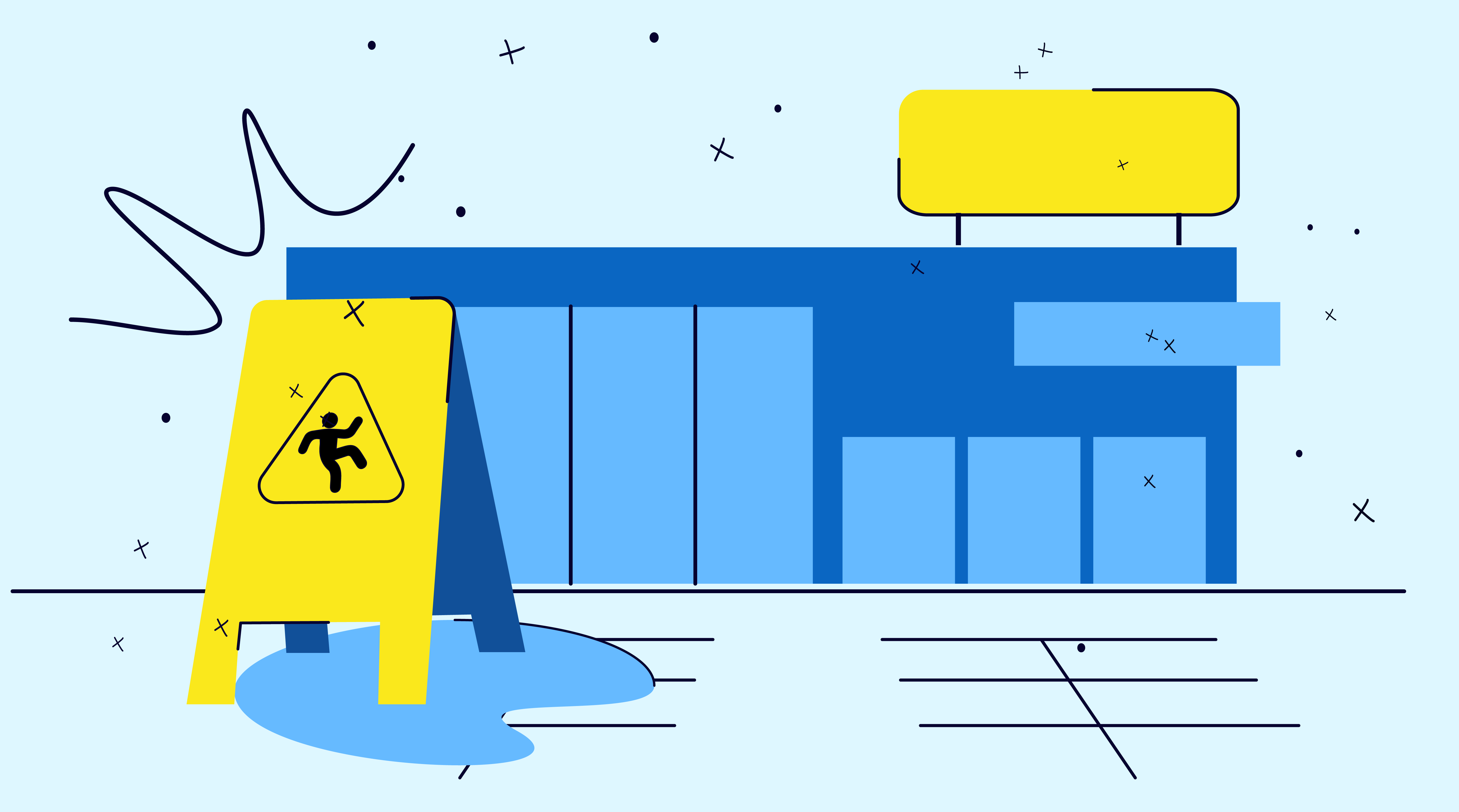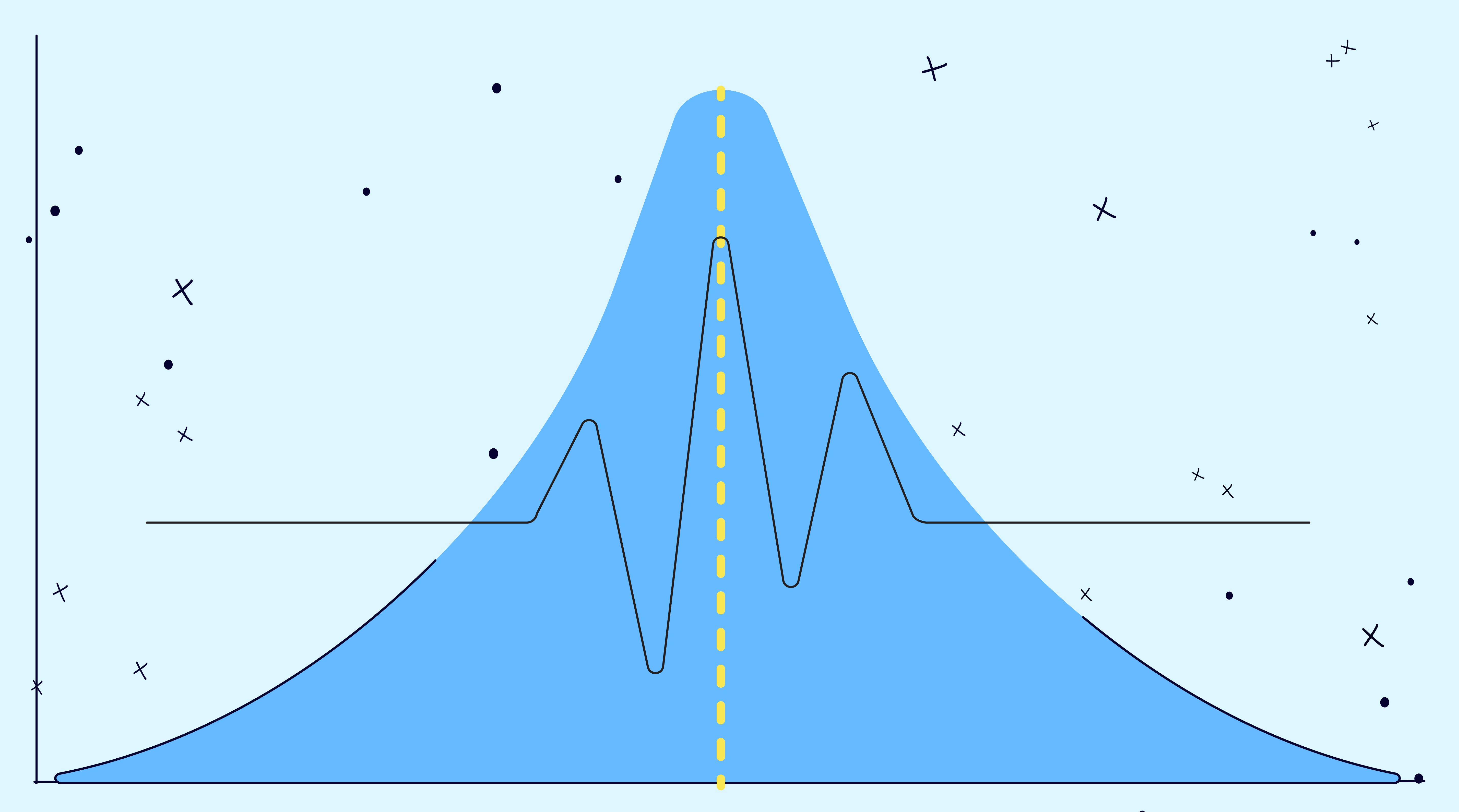Getting more clients isn’t just about how many calls come in—it’s about what happens once you pick up the phone. Morgan & Morgan has gone from 92% to 95% of incoming qualified personal injury calls converting to cases. To achieve this, we put in place a meticulous intake process that ensures every potential client is handled with empathy, all the right information is gathered and a retainer is signed before anyone hangs up.
At Morgan & Morgan, our Case Control Center (CCC) operates on a scale unmatched in the legal profession: two locations, 24/7/365 coverage, 1,100 intake agents, and 5,500 calls a day. Running an operation of this magnitude requires not just efficiency, but caring and competent people at the other end of the line, making the right decisions at the first point of client contact until there is a signed retainer.
Hiring & Training: Building the Right Team
Hiring
When hiring at the CCC, we look for one key trait: compassion. Experience in law isn’t necessary—some of our best intake agents come from hospitality backgrounds like waitressing, bartending, or retail. These professionals understand people. They know how to listen and be empathetic. Everything else can be taught.
Training
Our intake agents undergo an intensive five-week training program covering all our case types. The first day is about “The Morgan Way”—not just learning our processes, but understanding our mission.
Intake is emotionally taxing work. Nobody calls a personal injury firm on a good day. People are hurt, frustrated, and sometimes desperate. Creating a strong team culture centered on our mission for the people helps our agents stay resilient.
Employee Retention
Recognition fuels retention. Whenever we secure a major verdict or settlement, we make sure the intake agent who took that first call knows they have set the client on the path to justice.
This approach pays off: while the average U.S. call center sees a 45-50% attrition rate, ours is just 20%. Our team stays because they believe in what we do—and can see their impact firsthand.
Timing Matters: The 20-Minute Rule
From “Hello” to retainer signed, our average call time is 20 minutes.
- We don’t get lost in unnecessary details.
- We extract the key information attorneys need to assess the case.
- We guide the conversation quickly and compassionately.
Setting clear expectations from the start allows us to control the flow of the conversation while making sure clients feel heard.
Pro Tip: If you're not open overnight or sending calls to an answering service, you’re missing out on valuable cases. People who are hurting might be in more pain at night when they are trying to sleep, or they are watching TV and see an ad for a personal injury lawyer and think, “Why not call?” We see a high volume of cases come in overnight, proving that 24/7 availability is critical.
Case Intake & Screening: Key Considerations
Before moving forward with a case, we evaluate four essential factors:
- Venue:
- Does the jurisdiction in which the incident occurred align with our practice?
- Liability:
- Has fault been clearly determined?
- Was a police report filed?
- Injuries:
- Is this a bodily injury case or just property damage?
- Has the client received medical treatment?
- Conflict Checks:
- Conflicts can be difficult to track, but we take precautions to avoid them by asking:
- Have you been represented in this case before?
- Have you accepted a settlement for this injury?
- Why are you calling us now? (If they waited months or years, they may have prior representation.)
- Conflicts can be difficult to track, but we take precautions to avoid them by asking:
Identifying High-Value Cases
Some of our biggest settlements started as routine calls. Many clients don’t realize how badly they’re hurt—or how valuable their case might be. Identifying a high-value case is a skill that improves with experience.
Indicators of High-Value Cases:
- Catastrophic Injuries: major fractures, surgeries, loss of consciousness, burns
- Ultra-Catastrophic Injuries: death, paralysis, amputation, traumatic brain injury (TBI), hospitalization for 48+ hours
- Commercial defendants: tow trucks, garbage trucks, semis, 18-wheelers, UPS, Amazon, FedEx, U-Haul, etc.
- Exceptional circumstances: (e.g., DUI involvement)
- Extraordinary incidents: If a case comes in that our agents deem to be out of the ordinary, like a drowning or shooting, there is a box they can tick that triggers an email to all CCC leadership. We review the intake and can loop in our managing partners to notify them that we’ve signed a case that they should consider handling beyond their normal process.
We cast a wide net for cases and aim to help every injured client who reaches out. Case and injury classification is an ever-evolving process. Some cases start as general injury but as they go through the case process and more information is gathered they are revealed to be catastrophic.
During intake, we screen each case for additional cases. For example, we cross-check auto accident cases for product liability or worker's compensation cases. This process ensures that we can fight for maximum compensation for our clients and hold all responsible parties accountable.
Our screening and evaluation process continues to evolve as we secure larger verdicts and settlements. By refining how we assess cases from the start, we maximize opportunities for justice and strong outcomes for our clients.
Case Assignment
Once a case is signed, we move fast. The goal? Assign an attorney within five to ten minutes.
We ensure each case is given to the right attorney based on a variety of factors:
- Language: Clients highly value being able to speak in their own language with an attorney who can relate to them
- Location: People want an attorney who is a member of their community. Even though most of our client interactions happen online or over the phone, they still want to know that their lawyer or case staff lives where they live and face the same challenges.
- Skill level and experience: Attorneys are assigned based on the complexity of a case. High-value catastrophic and commercial cases go to our more experienced attorneys.
If a case starts as a regular injury and later escalates to a catastrophic case it should be handed off to a higher-level attorney who knows how to work that kind of case. Pairing a client with the wrong attorney can be a costly mistake. Case reassignment must be handled fully transparently so clients understand the change is in their best interest.
Case classification determines case assignment so as the case progresses they should evolve in tandem. Intake only knows so much. We can only tell so much based on what the client has told us and again what the client is feeling at that moment.
Measuring Success: What Gets Tracked, Gets Improved
Currently, 95% of qualified personal injury intakes become signed retainers. To achieve this, we constantly evaluate our intake process to look for opportunities for optimization.
Here’s how we got there:
- Call Abandonment Rate: Industry average: 4%. Ours: 1%.
- Speed of Answer: Industry goal: 6 seconds. Ours: 4 seconds. If a client calls and the phone rings for 30 seconds or it takes two minutes for someone to answer, nothing is stopping them from hanging up and calling someone else.
- Call Monitoring: We monitor and record all cases. We use an AI system that listens to all calls and automates quality control. It tells us if our agents are missing sales opportunities, inadvertently impolite, or talking over and interrupting clients.
Implementing this system has been a game changer and has taken us from 92% to 95% of qualified personal injury calls converting to clients.
Recording calls is also a useful accountability tool for our agents, clients, and attorneys. If a client is trying to say that we told them something we didn't, that's a great time to be able to pull up a call and set the record straight.
Continuous Improvement: Refining Intake for Maximum Impact
Even after a case is resolved, we analyze what we could have done better. For example, dig back into your inventory and look out for cases that ended up being catastrophic but weren’t when they came in.
Were there early indicators that the case would escalate? Could we have spotted it at intake? How can we refine our process for next time?
The more we fine-tune intake, the stronger our cases become. Justice starts the moment the phone rings.
